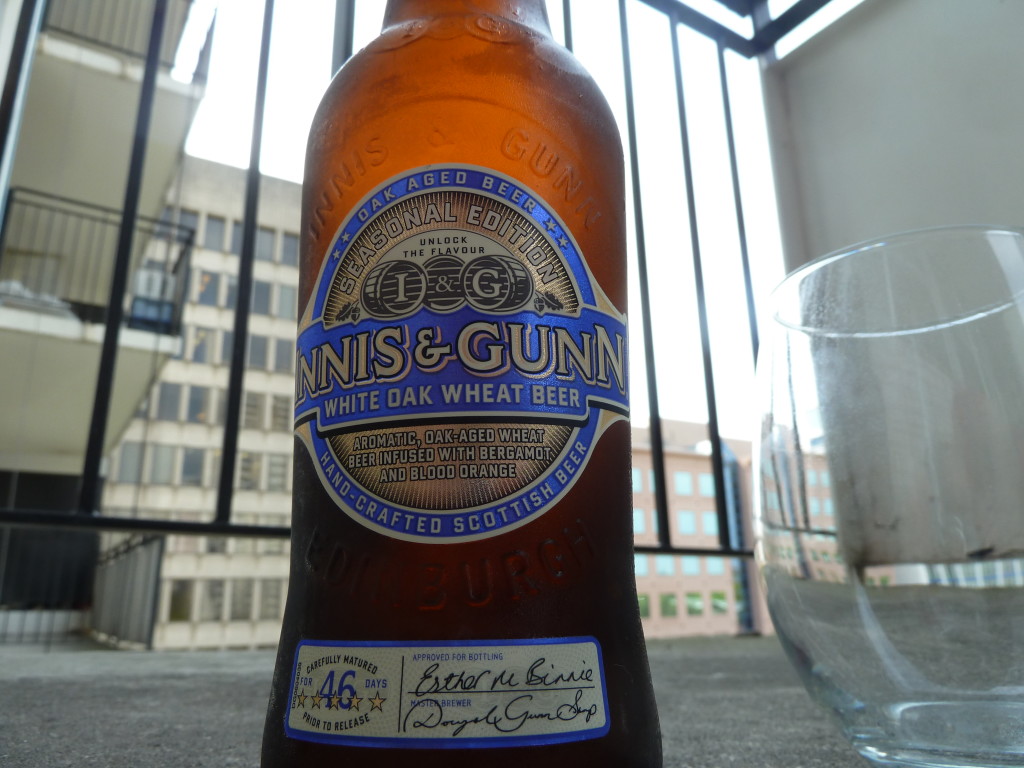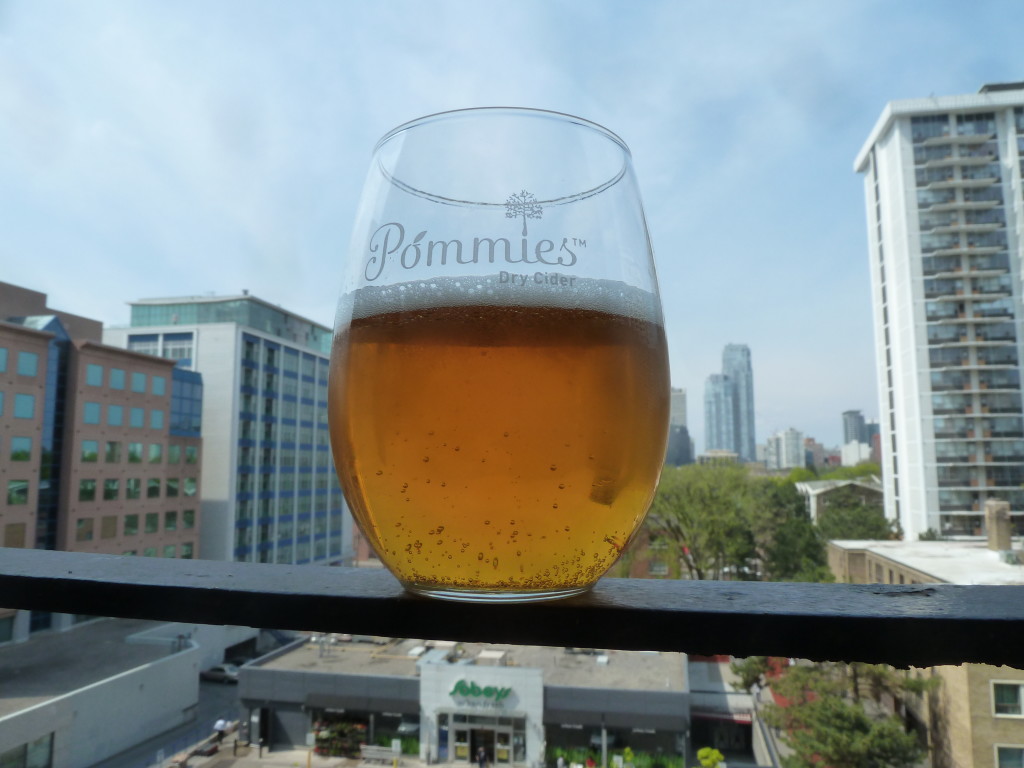The Background
I have a pretty good working relationship with Innis & Gunn, which is odd because I only like their beer about 50% of the time and I’m honest about that publicly. I think that oak treatments work well with some styles of beer and not with others. The results are therefore going to depend as much on the concept of the beer being attempted as they are on anything else. Of course you can barrel age a Porter or Stout; so many people are doing that that the price of used barrels has increased steadily from a point in the not too distant past where they would probably have paid you to haul them away.
I think that one of the best things Innis & Gunn has done in the last few years is to switch out from aging their beer in barrels to doing it with an “Oakerator” which is sort of like a dry hopping torpedo, but with oak chips. The main thing that you’ve got to realize is that Innis & Gunn are quite large at this point. They’re larger than any Ontario brewer other than Brick. That gives you some picture of their success, especially when you realize that it’s not a beer anyone is looking to drink a case of. When you make that much beer, you need the ability to ensure uniform quality and the Oakerator is a step up from blending different casks together. The Original has improved vastly as a result and the cans and brown bottles are also helping.
The Beer
Innis & Gunn White Oak Wheat Beer is not actually available in Ontario until July. Alberta has got it this summer and it seems to be selling quite well out there. Personally, I think it’s a bit of an odd duck.
When you think about barrel aging beer, it’s usually dark. In the case that you’re making a kind of barrel aged farmhouse beer like a Saison or a Wild Ale, you’re probably using a wine barrel for that. You’ll note that those styles are both Belgian influenced. This beer purports to be a KristallWeizen, a sort of filtered German Wheat Beer. Normally, that kind of beer comes out to 5.0% or so, but in this case it’s 6.4%. It has apparently been fermented at a warmer temperature than usual to bring out the phenolic character, which I suppose is detectable here as a spicy character in the background. They have then added dried bergamot and blood orange to make it reminiscent of Earl Grey Tea. Then it hits the Oakerator.
On opening the aroma is a little bit like a barrel aged version of Mill Street’s Lemon Tea Beer. The bergamot is immediately noticeable, but that recedes as it warms in the glass. It seems to pull tannin from the oak, but the mnemonic association with Earl Grey Tea may actually be the thing doing that for my palate. I would want a second opinion. As it warms the blood orange comes through practically as a curacao peel giving the sweet body just a hint of that candied Cointreau feel, which is redeemed by a short sharp bitterness. The Oak lingers around the edges.
This beer is working against itself. It’s meant to be a summer seasonal. The timing of the release and the summer seasonal program dictate that. The character really only reveals itself as it warms, which somewhat defeats the purpose.
The Arbitrarily Chosen Score Based On Various Criteria
Today, in keeping with the deeply Scottish nature of the brewery, we’ll be using as a judging implement the operations manual of the Royal Highland Fusiliers. It is a scale which operates very simply on a binary scale from Innis to Gunn. Notably, it runs from “Oi, Lads, shall we get a couple pints of this in us or shall we fire it from a gun?”
The beer survives by a narrow margin.
I think that this is probably best suited to being an after dinner digestif if you’re barbequing on a cool summer evening. I feel like it’s probably too strong and too complex to be drunk as a refresher in hot weather, but it’s pleasant in its way. I wonder if it might have been a better beer without the barrel, but then it wouldn’t be an Innis & Gunn product. Fish gotta swim, birds gotta fly, Innis & Gunn gotta throw a barrel at it.